Why alfalfa tea works better than alfalfa?
strawchicago z5
10 years ago
Featured Answer
Sort by:Oldest
Comments (10)
jean001a
10 years agostrawchicago z5
10 years agoRelated Professionals
Holly Springs Landscape Architects & Landscape Designers · Camas Landscape Architects & Landscape Designers · Clemson Landscape Architects & Landscape Designers · River Forest Landscape Architects & Landscape Designers · Allentown Landscape Contractors · Bethlehem Landscape Contractors · Billerica Landscape Contractors · Columbine Landscape Contractors · Downey Landscape Contractors · Mission Viejo Landscape Contractors · Oak Forest Landscape Contractors · Placerville Landscape Contractors · Thonotosassa Landscape Contractors · Vashon Landscape Contractors · Wallingford Landscape Contractorsstrawchicago z5
10 years agostrawchicago z5
10 years agostrawchicago z5
10 years agostrawchicago z5
8 years agostrawchicago z5
7 years agostrawchicago z5
7 years ago
Related Stories

GARDENING GUIDESLearn the Secret to Bigger and Better Roses
Grow beautiful roses using both ordinary and unusual soil amendments
Full Story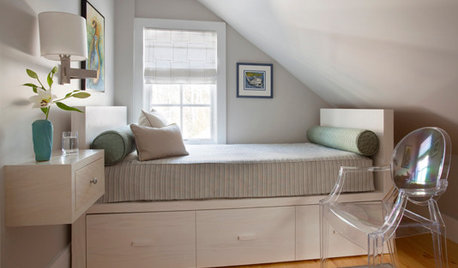
BEDROOMS7 Ways to Make a Small Bedroom Look Bigger and Work Better
Max out on comfort and function in a mini space with built-ins, wall mounts and decorating tricks that fool the eye
Full Story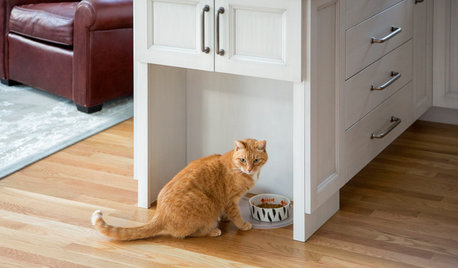
KITCHEN DESIGNRelocated Colonial Kitchen More Than Doubles in Size
Putting the kitchen in a central location allows for a big boost in square footage and helps better connect it with other living spaces
Full Story
HOUSEKEEPINGTackle Big Messes Better With a Sparkling-Clean Dishwasher
You might think it’s self-cleaning, but your dishwasher needs regular upkeep to keep it working hard for you
Full Story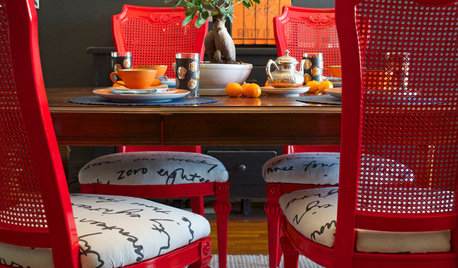
DIY PROJECTSDining Set Makeover: Paint and Tea-Tinted Fabric Make Old Chairs New
Reclaim dated dining chairs for far less than buying new, using spray paint, modern fabric and a handful of tea bags
Full Story
SMALL HOMES28 Great Homes Smaller Than 1,000 Square Feet
See how the right layout, furniture and mind-set can lead to comfortable living in any size of home
Full Story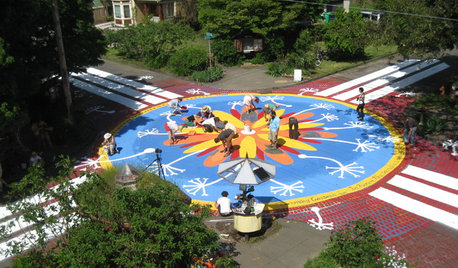
COMMUNITY15 Ways to Make Your Neighborhood Better
Does your community lack ... well, a sense of community? Here's how to strengthen that neighborly spirit
Full Story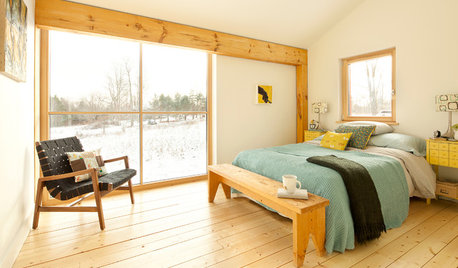
LIFE10 Feel-Better Things to Do on a Sick Day at Home
Nourish, pamper and heal yourself when a cold keeps you housebound, with these restorative ideas
Full Story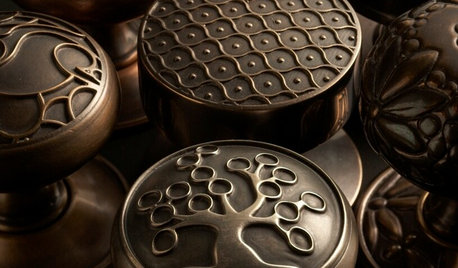
GREAT HOME PROJECTSNew Hardware Gives Doors a Turn for the Better
New project for a new year: Get a handle on how to find the knobs, levers or pulls that will make your doors memorable
Full Story
MOST POPULAR12 Key Decorating Tips to Make Any Room Better
Get a great result even without an experienced touch by following these basic design guidelines
Full StoryMore Discussions






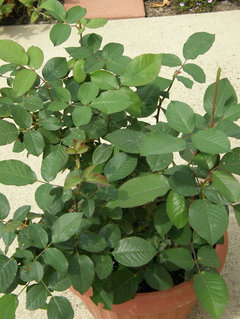



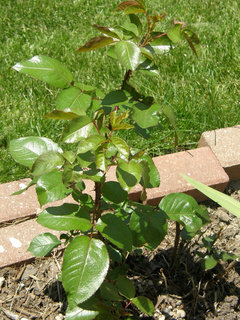
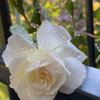
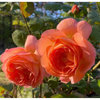
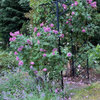
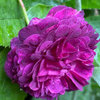
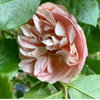
jessjennings0 zone 10b